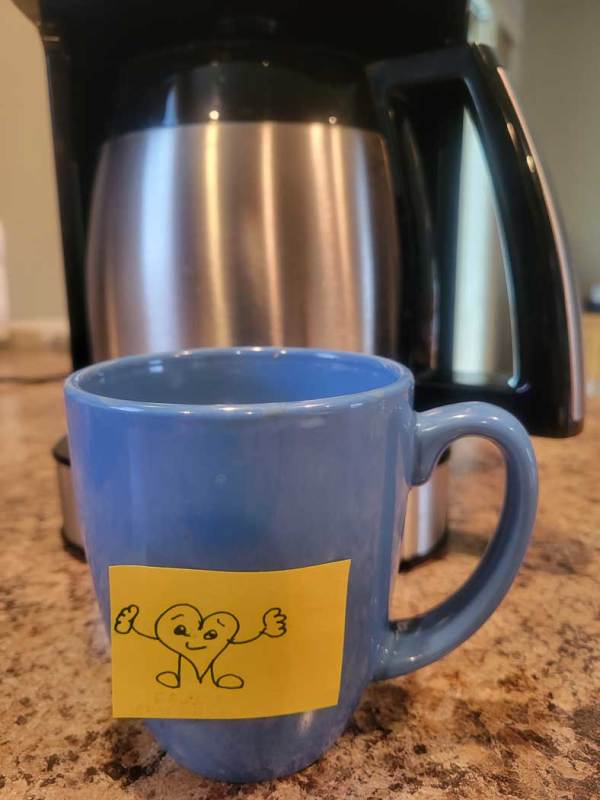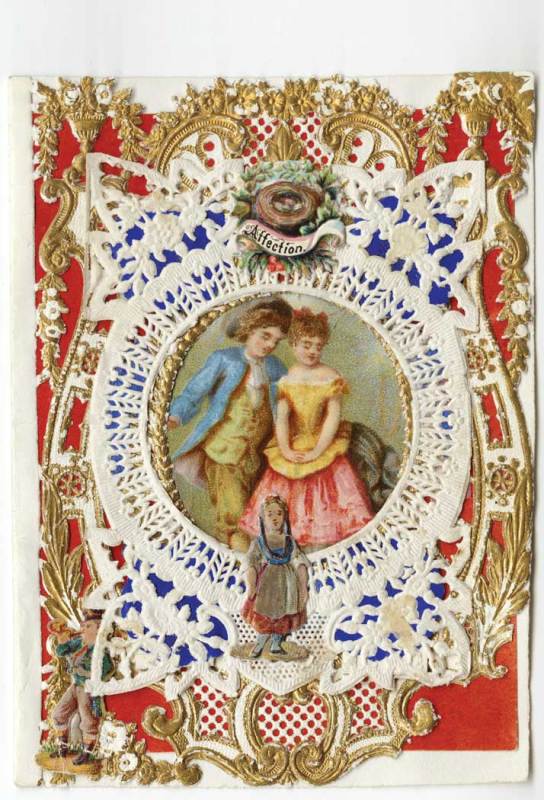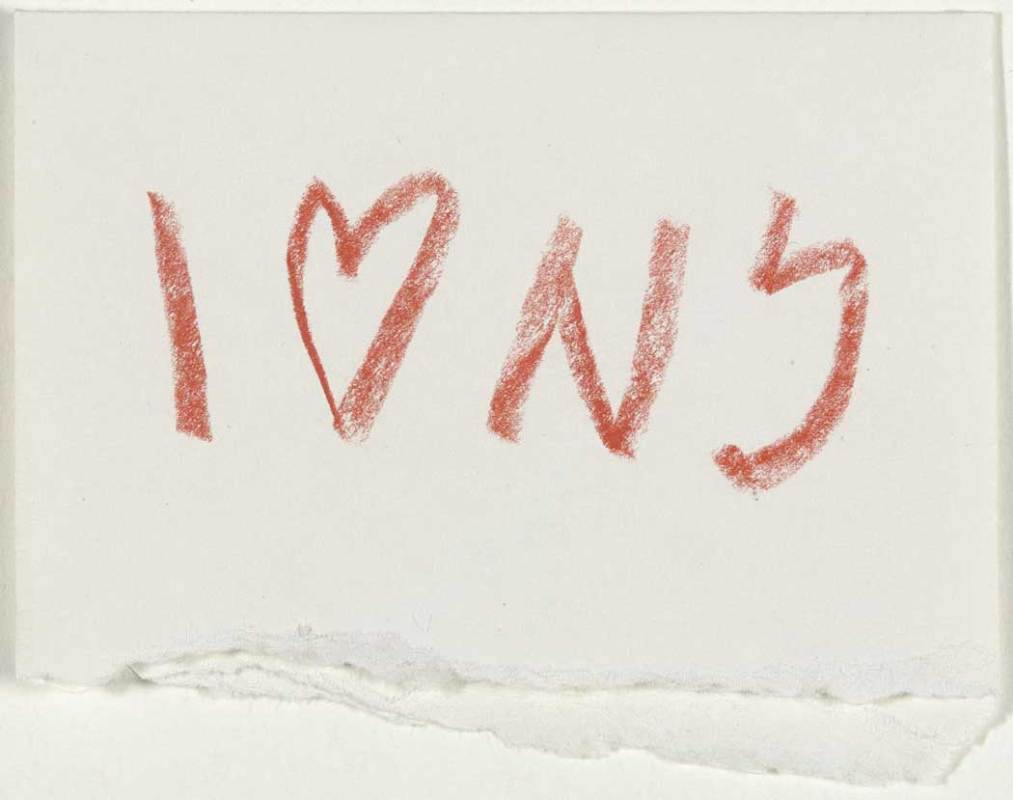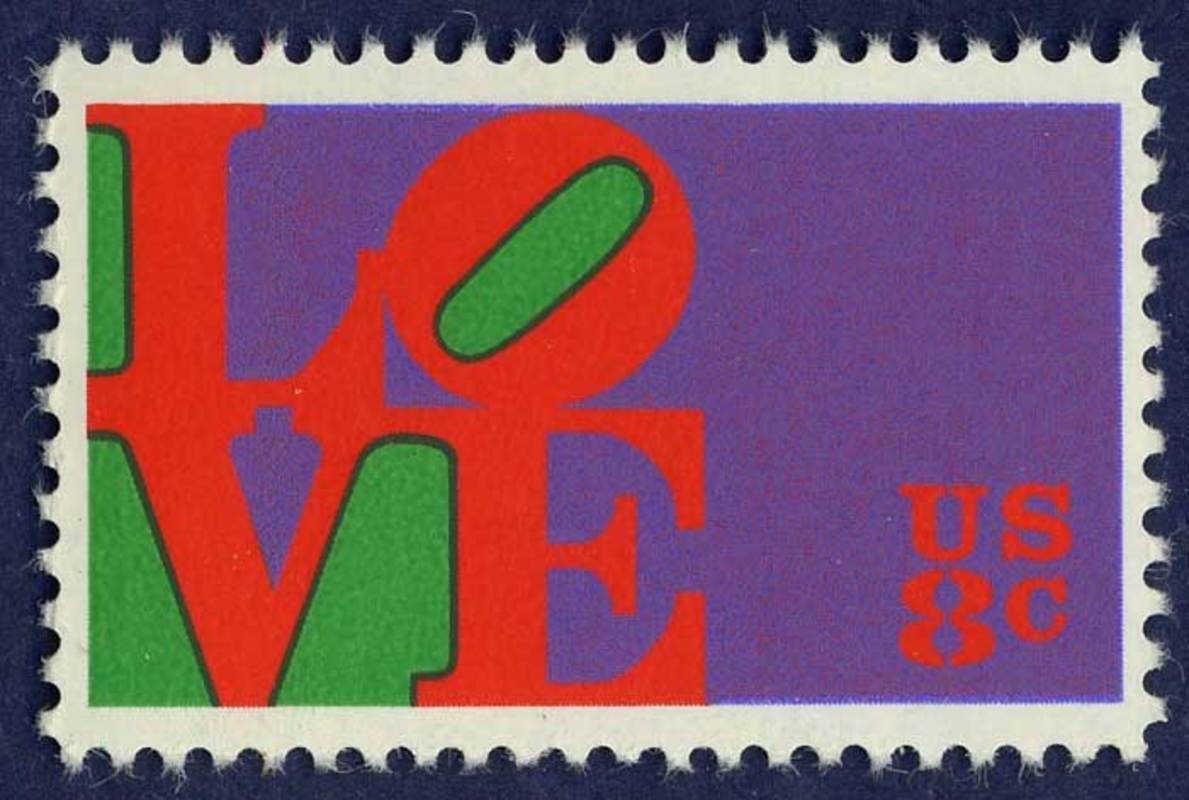The trick is not to make too much noise. You want to be stealthy, sure, but not completely so. The secret is to make the perfect blend of soft sounds so that when she wakes up and sees you, she’ll smile, sleepily, thinking how lucky she is to be getting coffee in bed.
There is, of course, a fine line between being appreciative of the gesture and being annoyed by the disturbance. I’ve tip-toed that line for years.
The cup of coffee helps. But I like to think it’s the note—a scribbled thought or pun or even a wish—illustrated by a simple, often silly drawing on a colored Post-it, that seals the deal.

My go-to drawing features a smiling, heart-shaped figure with arms and legs. With limited art skills, it’s the closest I can get to drawing my feelings.
What my primitive doodle lacks in realism, it makes up for in caffeine delivery—the coffee is awesome. On the home front, the combination is a crowd favorite for my crowd of one.
The note is stuck to a small plate that covers the cup of coffee. Covered, the coffee stays warm from kitchen to second-floor bedroom. Despite my catlike slinking, the plate rattles ever so slightly as I sneak up the stairs and into our bedroom. My wife’s eyes open, slowly. Even blurry eyed, she adores our weekend routine, which goes like this …

Image courtesy of Paul Kennedy
I am up early. My wife sleeps in. June, our goofy, enthusiastic, happy hound dog, is fed and walked. Judging by her excitement, it is the greatest meal and walk June has ever had. Until lunch. Once the neighborhood is thoroughly sniffed and secured, coffee is brewed. And delivered. With a small, hand-drawn note of love.
Back in the mid-1800s, a young woman named Esther Howland and her New England Valentine Co. created the first commercially mass-produced valentines in the U.S. And I guess that’s a good thing, although I sometimes have my doubts. Today, nearly 200 million Valentine’s Day cards are sent out each year in the U.S.—proof positive that expressing love, like everything else, has been successfully commercialized.

Public domain image
Hallmark may now lay claim to Valentine’s Day with about 1,400 varieties of cards in circulation, but my favorite love notes don’t come with barcodes. They come with heart.
Take New York, for example. In the 1970s, the city was almost unlovable. Massive debt, high crime and social strife plagued the city. It wasn’t pretty. And it was going to get much uglier, thanks to President Gerald Ford.
In a speech before the National Press Club in October of 1975, Ford denied the near-bankrupt city a federal bailout, prompting the New York Daily News to run the now-famous front-page headline: “Ford to City: Drop Dead!”
Contemplating the presidential rejection during a taxi ride in the city he loved, celebrated graphic designer Milton Glaser took out a red crayon and sketched on the back of an envelope a very simple, yet reaffirming, message: “I Love NY.” Only he drew a heart for the word “love.”

Image courtesy of the Museum of Modern Art
Based on his love note to The Big Apple, Glaser created a logo for a wildly successful state tourism ad campaign in 1977. You may have seen his work—on about a bazillion T-shirts, coffee cups, posters, hats, tattoos and any other souvenir you can imagine, and even more that you can’t imagine.
My favorite love note, however, was created by pop artist Robert Indiana, whose 12-foot sculpture of the word LOVE first captured hearts when it was unveiled in 1970 at the Indianapolis Museum of Art.
Born in New Castle, Ind., in 1928, the artist grew up as Robert Clark. He changed his last name to Indiana out of a deep appreciation for his home state.

Image courtesy of Smithsonian National Postal Museum
The widespread appeal of Indiana’s work led him to create more versions of the LOVE sculpture, many of which are on display in parks and public squares around the world. In 1973, the United States Postal Service turned his art into a stamp. Demand was so great that 300 million LOVE stamps were printed.
Think about that for a moment: 300 million LOVE letters frolicking about in the mail. It’s almost enough to make you blush.
Come to think of it, the world could stand to blush a little more. Blushing seems to be a lost art. If more love can bring it back, count me in.
The thing is, love is where we find it. Sometimes love is in works of art found in parks and museums. Sometimes love arrives in the mail. And sometimes, on the weekend, it sneaks into a bedroom with a cup of coffee and a small note, when the world is still sleepy.
You May Also Like:
How Esther Howland Invented Valentine’s Day
Victorians Used Flowers to Send Secret Messages









